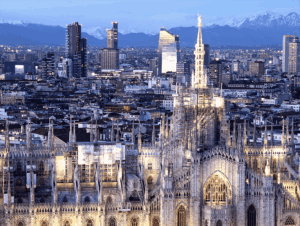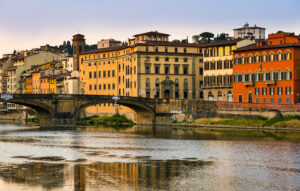The transformation of Tuscany’s property market reflects deeper shifts in global wealth patterns and cultural preferences. As traditional boundaries between primary residences and vacation homes blur, distinct investment opportunities emerge across the region’s varied landscapes.
Urban Dynamics and Cultural Capital
Florence’s property market illuminates how cultural heritage translates into enduring value. The city’s prime residential sector demonstrates remarkable segmentation, with average values in premium locations reaching €10,000 per square meter. The southeastern district, long favored by Florentine families, commands €12,240 per square meter, while the historic center maintains its appeal at €11,700 per square meter.
Most revealing is the northwestern sector’s 18% appreciation since 2019, indicating how urban regeneration and improved connectivity reshape traditional valuations. This growth pattern suggests a fundamental revaluation of areas once considered peripheral to Florence’s cultural core.
Coastal Market Evolution
The reshaping of Tuscany’s coastal hierarchy demonstrates how international preferences influence local markets. Versilia’s emergence as the premium coastal destination, with values reaching €16,100 per square meter, reflects a shift in luxury buyers’ priorities. Traditional destinations like Argentario, while maintaining their cachet, have ceded market leadership to areas offering a different blend of authenticity and amenity.
In Castiglioncello, where generational change drives market dynamics, property valuations no longer follow simple square meter calculations. Instead, unique attributes and historical significance determine value. Limited development opportunities and strict preservation requirements create scarcity premiums, particularly affecting properties with cultural or architectural significance.
Rural Luxury and Agricultural Heritage
The Chianti region presents a study in how agricultural heritage creates lasting value. Average values of €9,500 per square meter reflect stable appreciation patterns, but significant variations between locations reveal how accessibility and authenticity influence market dynamics. Gaiole in Chianti and Greve in Chianti, showing recent growth of 4% and 3.5% respectively, demonstrate how traditional wine-producing regions adapt to contemporary luxury demands.
Investment Implications
The region’s economic framework supports sustained market stability. With a regional GDP of €140 billion representing 7% of national output, Tuscany combines economic substance with cultural appeal. The presence of 82 five-star hotels and 44 Michelin-starred restaurants indicates robust luxury infrastructure supporting property values.
The rental market reveals additional dynamics, particularly in Florence’s historic center where rates increased 41% since 2019. Peak season rentals in prime coastal locations now reach €300 per square meter monthly in Versilia, indicating strong returns potential for well-positioned properties.
Development restrictions create both challenges and opportunities. In Castiglioncello, remaining projects like Villa Magrini represent increasingly rare opportunities for positioning in historic properties. Similar patterns emerge across the region, where renovation restrictions preserve character while supporting valuations.
Market Evolution
Looking ahead, Tuscany’s property market appears positioned for sustained strength. The combination of strict development controls, growing international demand, and authentic cultural appeal suggests continued appreciation, particularly in prime locations. Success in this market requires sophisticated understanding of local dynamics and regulatory frameworks, especially in historically significant locations.
The evolution of buyer preferences, emphasizing authenticity while demanding modern amenities, creates opportunities for thoughtful development that respects historical context. This balance between preservation and adaptation defines Tuscany’s property market, creating enduring value for informed investors.



